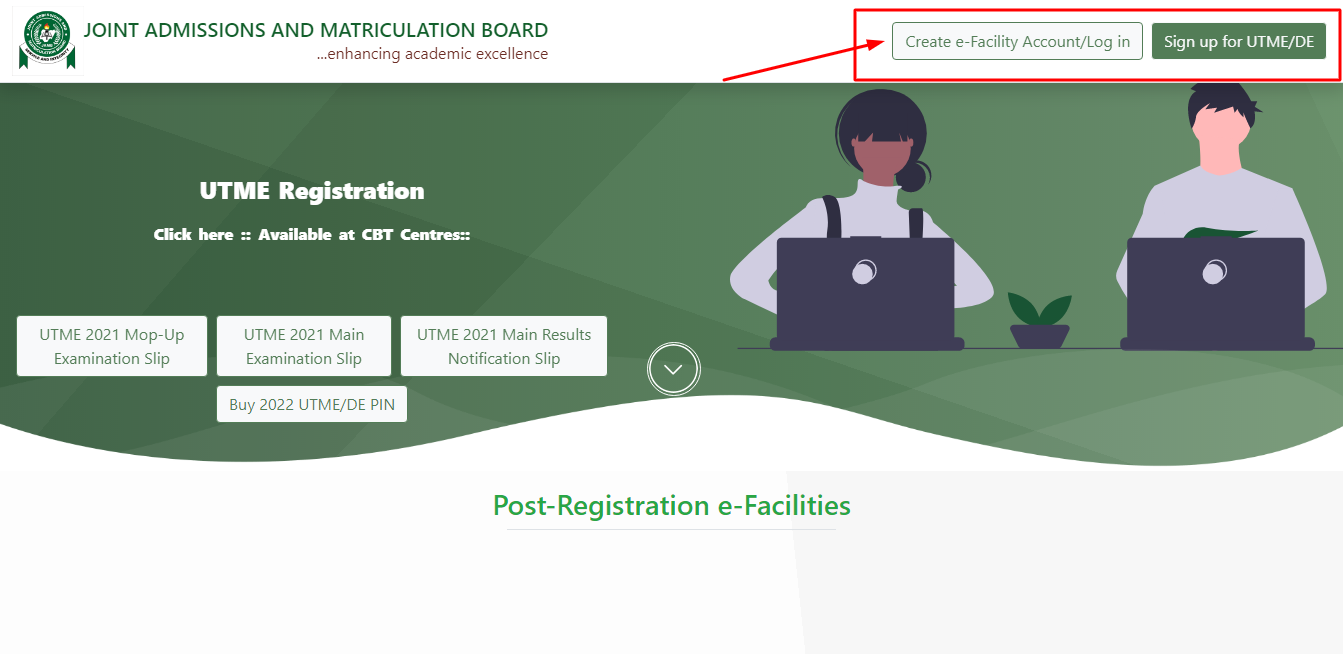JAMB Cut Off Mark For Mass Communication: What is DELSU JAMB cut off mark to study Mass Communication in 2023/2024, What is JAMB cut off for Mass Communication?, What is the cut off mark for Mass Communication, What Mass Communication to study Mass Communication in all Universities in Nigeria?.
Hello SAVANT! welcome to today’s episode of my JAMB Doctor Series, here, I will show you JAMB Cut off mark for students who wants to study Mass Comm. you will also learn how you can calculate your school’s departmental aggregate score… STAY TUNED!

One of the many requirements to studying Mass Communication in any University in Nigeria is meeting up with the required JAMB Cut off Mark. Mass Communication as a course have a considerable number of applicants yearly, thereby making it a relatively Competitive course in JAMB.
Mass Communication is not only relatively competitive for students aspiring to gain admission in Nigeria, it also have about one sixty four (64) Universities offering it.
Read Also: WAEC & JAMB Subject Combination For Mass Communication 2023/2024
ARE YOU ON TELEGRAM? Subscribe To My Telegram Channel For Frequent Updates & Guide by clicking the "SUBSCRIBE NOW" button below.
The only thing that can boost your Chances of getting admitted to study Mass Communication is how high your JAMB score is. But then, there is a minimum JAMB score you have to get before you can be eligible to continue with the next phase of your admission processing.
So, technically, there are two things to concern ourselves with when we talk about JAMB Cut off mark for Mass Communication, the first is the cut off mark for Mass Communication that will allow you move to the next stage (POST UTME enrolment), the other thing of interest Is JAMB Cut off Mark for Mass Communication that can guarantee you admission to study Mass Communication.
These two things are not the same, I know you may be tempted to ask; what are the differences between these two??♀️
Well, the first which is JAMB Cut off mark that will allow you sit for Post UTME is the same for all courses based on the School in question, on the other hand, JAMB Cut off mark that can guarantee you admission to study Mass Communication is not the same for all Courses and Universities
You see the difference now.
P.S; JAMB Cut Off Mark For All Schools And Courses
At the end of this article you will understand better and be well endowed with the necessary information on JAMB cut off mark and how to secure your space in any University you want, all you have to do from your end is…
…sit back, take a glass of chilled water and read through diligently as I take you on this Journey, ENJOY!?
Read Also: How JAMB Is Marked And Scored 2023 (All You Need To Know)
What Is JAMB Cut Off Mark?

As I explained on my other article on JAMB Cut Off Mark For All courses and Schools; “CUT OFF MARK“ as a term is used to refer to the Minimum Score one is permitted to get before being eligible to participate in a particular program.
With respect to JAMB Cut off mark, It is the minimum score JAMBites are allowed to score in JAMB before allowed to participate in the Post Utme of their School of Choice.
Read Also: Universities That Do Not Write Post UTME 2023/2024 [Updated]
Any students who gets below this score in JAMB, cannot be admitted into any University in Nigeria, except he explore other ways of getting admission aside JAMB.
Haven understood what JAMB Cut off mark is in general, let’s now address JAMB Cut off mark for Mass Communication…
Read Also: Universities That Will Write Post UTME Exam For 2023/2024
JAMB Cut Off Mark For Mass Communication

JAMB Cut Off Mark for Mass Communication to Participate in Post UTME is 200, although some State Universities would accept 180, but the least any University (except private universities) would accept for Mass Communication is 180.
Polytechnics accept a lower JAMB Score for Mass Communication, you can apply to any of the polytechnics that offers Mass Communication.
The likelihood of been admitted to study Mass Communication with a JAMB Score of 200 or 180 (depending on the university) is very thin, in a scale of 1 to 10, would be somewhere around 5.
The chances are low right?, that do not mean that with a Score of, let’s say 215 you cannot be admitted to study Mass Communication, you still can, because your JAMB Score only make up 50% of your Admission requirements.
The other 50% is from your Post UTME, O’ level or both, depending on the University’s aggregate grading system.
So, a low JAMB Score can be compensated with a high performance in Post UTME or O’ level exams (Waec/NECO/Nabteb).
Since JAMB makes 50% of your admission requirements, certain JAMB scores can increase your chances of gaining admission to 70%…
JAMB Cut Off Mark For Mass Communication That Guarantees Admission
250 is a good JAMB Score to Study Mass Communication in any University in Nigeria.
With 250 and above as your JAMB Score, your chances of been admitted to study Mass Communication in any University of your Choice is Juicy (around 70%), I will explain the reasons for this when I show you how schools calculate aggregate score for Admission shortly.
How To Calculate Your Aggregate Score For Mass Communication
Different Universities (Federal, State and Private) use different method to compute student’s aggregate score for admission into the department of Mass Communication…
…while some Universities use Both JAMB and Post UTME (like the University of Benin), some use JAMB and O’ level (University of AAU) while others use JAMB, Post UTME and O’ level Result *Like University of Lagos, to calculate student admission aggregate.
Irrespective of the pattern your school of choice adopts for calculating aggregate score for students, your JAMB Score will still make up 50%, your JAMB Score will be divided by 8.
Here is how your average for Mass Communication is calculated using your JAMB Score…
- Your JAMB Score will be divided by 8, and your Post UTME divided by 2, to give you your total average (this is only applicable for schools using Post UTME and JAMB)
- JAMB Score divided by 8, plus Post UTME 30% and O’ level 20% (for Schools using O’ level, Post UTME and JAMB)
- JAMB Score divided by 8 + O’ level making the remaining 50%
From the calculation pattern above, you will see that, your JAMB score will always carry bulk of the mark, so with better performance in JAMB, you won’t have to struggle much in Post UTME.
If you score 250 in JAMB, dividing 250 by 8 would be 31.25, the departmental cut off mark for Mass Communication is usually not less than 55 for most Universities
P.S; See the differences between JAMB and school Cut off mark.
You will only need to put in moderate effort to achieve this with a JAMB score of 250.
In Conclusion
A JAMB Score of 250 and above is good enough to secure admission in any University in Nigeria to Study Mass Communication.
Read Also: How To Get JAMB Password To Login CAPS Profile (Reset Through SMS)
This will be all for now, I understand you may have a question or two to ask, feel free to drop them using the comment box below!
Ensure to share this with friends on Facebook, Whatsapp, or any other social media network you can connect them with…
Related Searches... a. unilag jamb cut off mark for mass communication b. jamb cut off mark for mass communication in university of ibadan c. jamb cut off mark for mass communication in polytechnic d. jamb cut off mark for mass communication in unilorin e. cut off mark for mass communication in unilag 2023
JAMB CUT OFF MARK FOR ALL COURSES... 1. ACCOUNTING 2. COMPUTER SCIENCE 3. PHARMACY 4. MEDICINE & SURGERY 5. NURSING 6. LAW 7. MECHANICAL ENGINEERING 8. ELECTRICAL ENGINEERING 9. COMPUTER ENGINEERING 10. CHEMICAL ENGINEERING 11. OPTOMETRY 12. PHYSIOTHERAPY 13. RADIOGRAPHY 14. VETERINARY MEDICINE 15. ANATOMY 16. MEDICAL LABORATORY SCIENCE 17. DENTISTRY 18. PHYSIOLOGY 19. AGRICULTURAL ENGINEERING 20. INDUSTRIAL ENGINEERING 21. MARINE ENGINEERING 22. MECHANTRONICS ENGINEERING 23. PETROLEUM ENGINEERING 24. METALLURGICAL AND MATERIAL ENGINEERING 25. PRODUCTION ENGINEERING 26. STRUCTURAL ENGINEERING 27. BIOCHEMISTRY 28. BOTANY 29. CHEMISTRY 30. GEOLOGY 31. QUANTITY SURVEYING 32. ARCHITECTURE 33. BANKING AND FINANCE 34. BUSINESS ADMINISTRATION 35. MASS COMMUNICATION 36. MICROBIOLGY 37. POLITICAL SCIENCE 38. THEATRE ARTS



